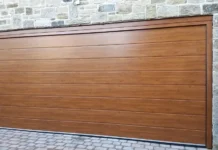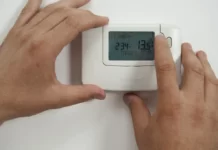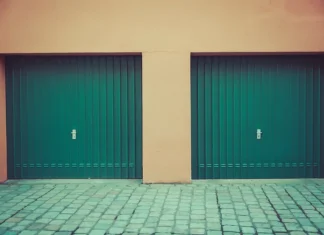Having a generator on hand can help you get through a power outage, which is one of the most annoying things that can ever happen. But if you don’t have a transfer switch, hooking up a generator to your house could be a hard and complicated task. Don’t worry, though, because it won’t be as hard as you think. This article will show you how to keep your home running even if the power goes out by hooking up your generator directly to your home instead of using a transfer switch.
An outage is a loss of power to a certain area or building, whether for a short time or a long time. It happens when something goes wrong with the electrical grid or the machines that make or distribute electricity. A Power outage can happen due to many things, such as natural disasters, extreme weather, broken equipment, or even human error. They can be small and only affect a small area, or they can be huge and spread out over a large area or even an entire country, causing power outages everywhere. When the power goes out, the lights, appliances, and other electrical devices in the area won’t work, and the area’s power source will be turned off.
A generator is a piece of equipment that can make an electric current. The fuel source, gasoline or diesel, is burned to turn the resulting mechanical energy into electrical energy. Generators are usually used as a backup power source if there is a power outage or if your house is in a remote area without much access to power. They come in different sizes and can power anything from small devices to a whole house. Here we will tell you how to hook up generator to house without transfer switch.
How to Connect Generator to House without Transfer Switch
Step 1: Figure out how much electricity your home needs
Before you can hook up your generator to your house, you must first figure out how much power your house needs. During any power outage, you will need to be able to power all of your appliances and devices, so you will need to know the total wattage of these items. This includes a lot of different appliances and parts, such as refrigerators, lights, sump pumps, heating and cooling systems, and more. When you have all this information, you can choose a generator that can handle the load.
Step 2: Choose the best generator for the job
When shopping for a generator, you should get enough power to handle the load of your home. A portable generator is a good choice because it can easily move to different places and hook up to your home. During a power outage, the generator should be able to power all the devices and appliances you want to keep working.
Step 3: Set up a link between the generator and your house
Now that you know how much power your home needs and have bought the right generator for it, it’s time to hook up the generator to your home. You will need a few different things to do this job, like a generator cord, an extension cord, and a manual transfer switch.
• You will need an extension cord to connect the generator to the manual transfer switch.
• You can use the generator cord to connect the manual transfer switch to the electrical panel in your home.
You need to know that connecting your generator directly to your home’s electrical panel puts you at risk of getting an electric shock and may be against the law in some places. Using a manual transfer switch keeps the generator from sending power back into the utility company’s power lines. This could put the utility workers in danger and damage your generator.
Step 4: Test Your link
If you want to use the generator as a source of electricity in case the power goes out, you need to test the connections first. After you turn on the generator, test the home appliances and electronics you plan to use if the power goes out. It is very important to ensure that the generator can connect to all the devices that need electricity to work and that the connections don’t have any problems.
Step 5: Always Keep Safety in Mind
You must always remember that electricity can be dangerous. Because of this, you must follow the safety rules before you connect your generator to your home. You should read the manual with your generator and follow all the safety rules. It would help if you also got in touch with a licensed electrician to ensure that the connection between your generator and your home is safe and follows all rules.
To Sum Up:
Even if you don’t have a transfer switch, you can have peace of mind during a power outage. So you must be trained to connect your generator to your house. You need a little bit of background information and the right tools. Following the steps in this article, you can safely and effectively connect your generator to your home without a transfer switch. This will ensure that your home always has power, even if the utility company can’t. Always keep safety in mind when working with electricity. Talk to a licensed electrician to ensure the connection between your generator and your home is safe and up to code.”












